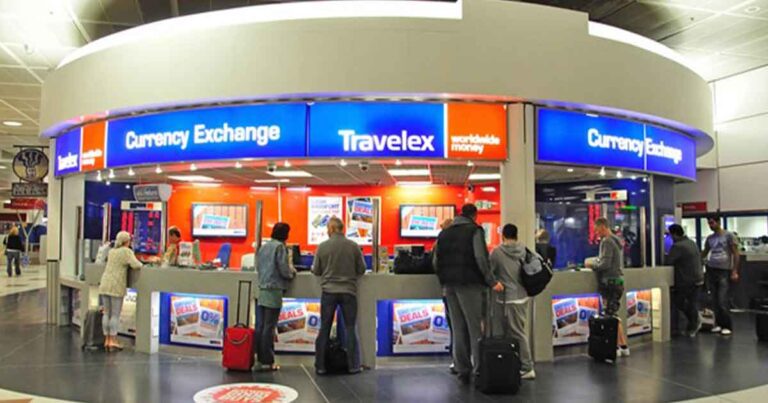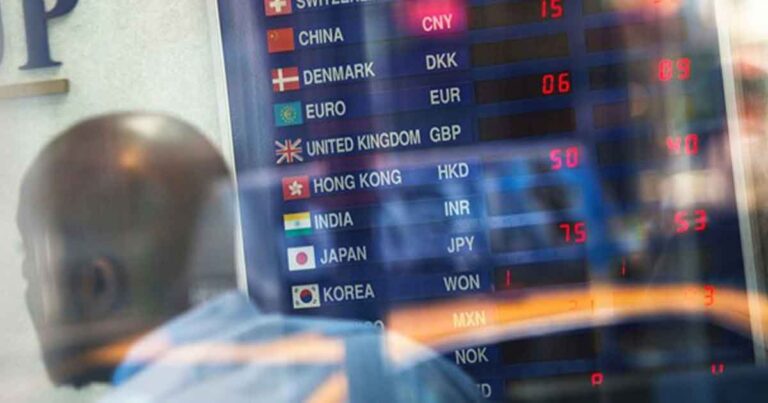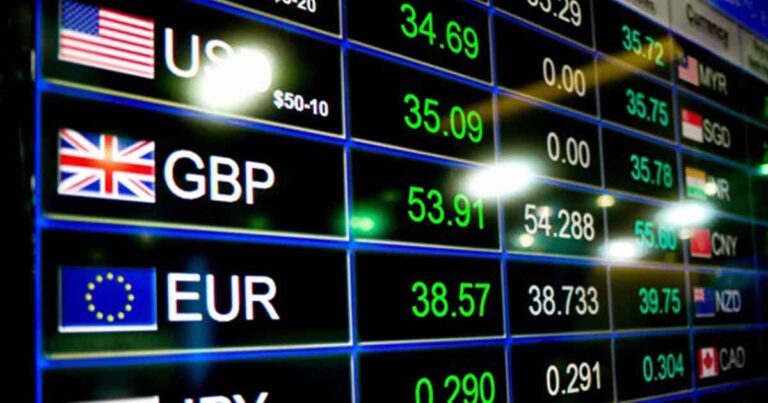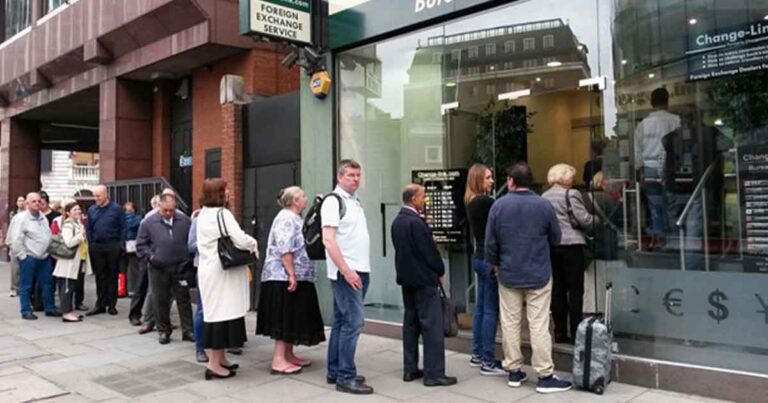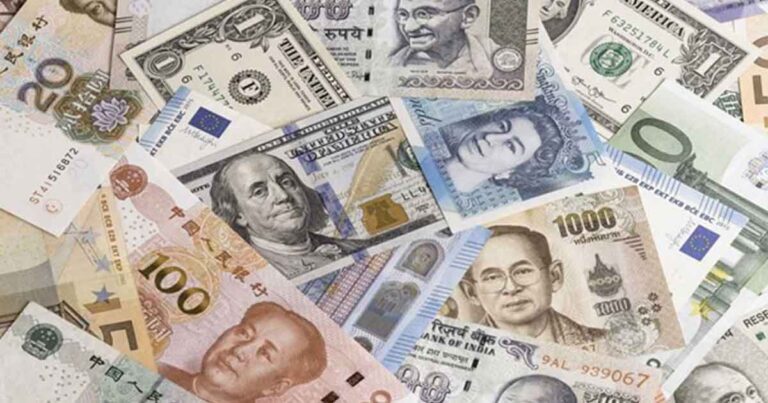Today, the world is more interconnected than ever. Businesses are stepping into the global market, and individuals are making more cross-border investments to diversify their portfolios. Whether you are working with international suppliers or making international investments, you need to be aware of FX transfers and their accompanying long list of regulatory complexities. When it …




